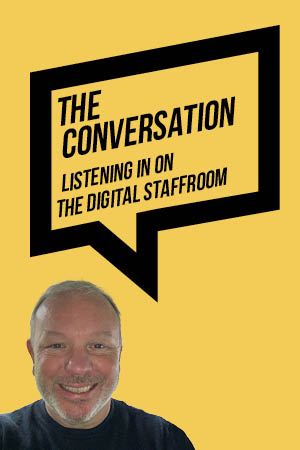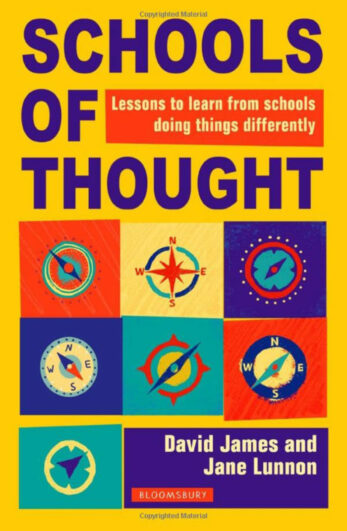Schools are complex places, as is the process of governing them. Potential recruits to governance often find the workload and responsibility daunting, leaving many boards lacking the people and skills they need to fulfil their responsibilities. Any resource that can aid governors has to be welcomed. This book is just that!
You can dip in and out of its ten chapters with ease; especially useful if you need guidance about a certain topic. The first chapter covers the fascinating history of governance, dating back to the 6th century. Such background is important as it gives context to where governance and governors find themselves today.
Ensuring the vision, ethos and the strategic direction of schools is one of the statutory duties of boards. Nigel Gann describes the difference between vision and ethos, and outlines a process for defining these. Boards should look regularly at their vision to make sure it is fit for purpose.
The difference between “strategic” and “operational” is described in detail. This is something that governors can, and do, get wrong. They need to concern themselves with the former and leave the latter to the headteacher. The three elements of strategic governance are detailed, noting those areas that governors should monitor and, perhaps more importantly, those they should not. Readers also learn about characteristics of a good school visit.
Coinciding with the conversion of schools into academies, there has been a recruitment move in recent years away from the stakeholder model towards skills-based. Both these models are compared and contrasted.
The book goes into some detail about the various roles that governors perform; discussing the roles of the chair, vice-chair and clerks. The role descriptors are particularly helpful.
The working of governing boards is also addressed. Induction of new governors, hallmarks of good meetings, legal responsibilities of governors and the rights of governors are outlined.
A significant element of governance is obtaining and interpreting relevant information from professionals. The relationship between the headteacher and the board is important in this process and is examined in some detail. The appointment and appraisal of headteachers is also discussed, making it clear that effective headteacher appraisal is effective governance. The ways in which headteachers can help develop boards is also examined. Readers will, hopefully, understand the difference between leadership and management. I would encourage governors to read the chapter that deals with worries that heads might have about governance.
Any discussion of governance would be incomplete without mentioning inspection. The birth of Ofsted, the increasing importance of governance during school inspections and external reviews of governance are all in the book as is the relationship parents have with their schools and boards.
As attention on governance increases, so does the necessity for boards to evaluate their own performance and the effect they have on improving school performance. The book is useful in helping readers to understand “good governance” as well as the barriers to it.
The last chapter looks at the issues that governors are facing now and that might present themselves in the future. Understanding these is important from a strategic planning point of view.
The book provides governors with vital resources such as model policies, a pre-inspection checklist and a self-evaluation tool, and includes an extensive bibliography. This is especially useful for governors who would like to read around a subject.
My one minor point of contention is the use of the term “lay governors”. I know this has been used to distinguish between “professional” educators and governors but I would have preferred not to have used “lay” as a prefix.
The book will help governors to understand the difference between being a friend and being a governor of a school. It is a welcome addition to the board bookshelf.







Your thoughts